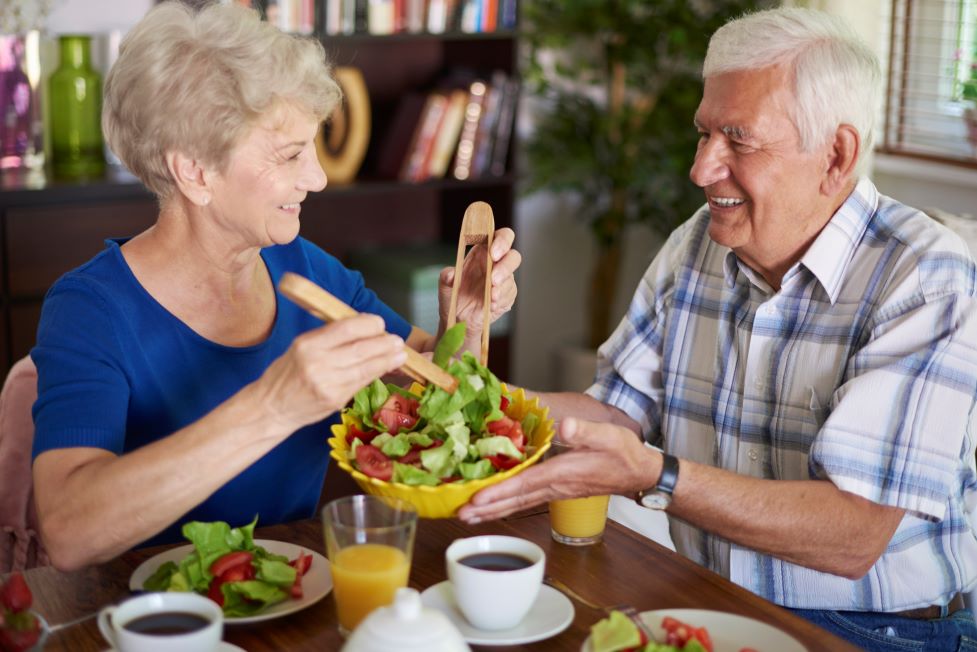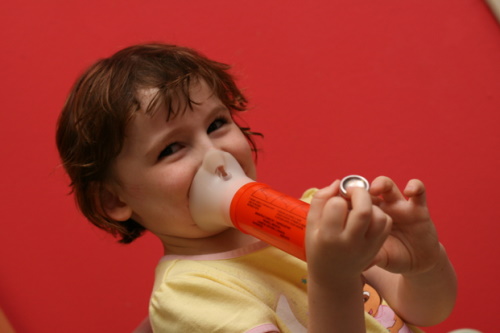Introduction
In the world of emergency situation medical services, preserving calmness during a dilemma is not just an ability; it's a necessary quality that can imply the difference in between life and fatality. Basic Life Support (BLS) responders typically locate themselves in high-pressure scenarios where fast reasoning and calmness are vital. This short article looks into reliable methods for BLS -responders to keep their composure while executing their tasks, specifically when faced with vital instances requiring immediate action.
Maintaining Calmness Throughout a Crisis: Tips for BLS Responders
Understanding the Relevance of Composure
When faced with emergencies, the capacity to remain tranquil allows -responders to make sensible choices rapidly. Panic or stress can shadow judgment and decrease reactions, which may bring about devastating results in life-threatening scenarios.
First Aid courses DarwinThe Duty of Training in Building Composure
One essential way to cultivate calmness is through rigorous training. Regular simulation workouts allow -responders to practice their skills under pressure, simulating real-life emergencies. This hands-on experience can dramatically boost Darwin First Aid Course Near Me self-confidence levels when actual situations arise.

Basic vs Advanced Life Support: An Important Distinction
Understanding the distinctions between fundamental and innovative life assistance can assist responders recognize when to use specific techniques. While BLS focuses on fundamental skills such as CPR and AED usage, progressed life assistance consists of much more complicated interventions like medicine administration and invasive procedures.

Recognizing Your Scope of Practice
It's essential for BLS suppliers to know their limitations. Withstanding the urge to tip beyond one's training helps preserve focus and calmness throughout stressful situations.
Checking Responsiveness: The First Step in Assessment
When reaching a scene, one of the initial activities is checking responsiveness. This entails gently shaking the casualty while asking if they are fine. An unresponsive individual requires instant interest and might be dealing with problems such as cardiac arrest or stroke.
Techniques for Efficient Responsiveness Checks
Shaking carefully: Make use of a firm yet gentle approach. Clear verbal prompts: Ask direct questions. Observe physical signs: Seek signs of breathing or movement.Identifying No Breathing: A Vital Skill
Identifying whether a casualty is breathing is critical in BLS response. If there's no breathing detected, launching mouth-to-mouth resuscitation instantly is essential.
How to Examine Casualty's Breathing
- Look: Observe if the chest increases and falls. Listen: Position your ear close to their mouth. Feel: Check for breath versus your cheek.
Utilizing Health center Codes and Protocols
Familiarity with healthcare facility codes and methods can improve communication during emergency situations. These codes help make certain that all employee are on the same page regarding person standing and called for interventions.
Importance of Communication
Effective interaction lowers confusion amongst employee, permitting them to do their duties successfully without second-guessing each various other in high-stress environments.
Public Defibrillator Usage: When Every 2nd Counts
Public gain access to defibrillators (PADs) have actually become important tools in conserving lives during cardiac occasions. Knowing exactly how to utilize these gadgets can significantly improve survival rates.
Steps for Making use of a Public Defibrillator:
Turn on the device: Follow voice prompts. Attach pads: Ensure proper placement on bare skin. Follow instructions: Permit the device to evaluate heart rhythm before providing shocks if necessary.Taking Turns on Compressions: A Team Effort
When executing CPR, taking turns on compressions assists avoid fatigue amongst rescuers, making certain constant blood flow until professional assistance arrives.
Guidelines for Reliable Compression Teams:
- Rotate every 2 minutes: To maintain optimum compression quality. Communicate clearly: Introduce when it's time to switch roles. Stay focused: Keep focus high throughout rotations.
Slow Compression Rate vs Lower Compression Depth
While it's vital to maintain an appropriate compression price (100-120 compressions per min), over-exertion can cause reduced compression deepness, which reduces efficiency.
Finding Balance
Responders need to focus on steady rhythm as opposed to rate alone while making sure compressions reach adequate depth (at the very least 2 inches).
Additional Strategies for Maintaining Composure
Mindfulness Strategies During Emergencies
Practicing mindfulness techniques-- such as deep breathing-- can minimize anxiousness levels considerably before and during an emergency action situation.
Simple Mindfulness Practices:
Deep Breathing Exercises: Breathe in deeply with your nose; breathe out gradually through your mouth. Visualization Techniques: Imagine on your own efficiently managing the situation at hand.Debriefing After Crises
Post-event debriefings provide responders a possibility to reflect on their efficiency and mood throughout an occurrence, enabling them space for individual development and improvement.

Key Factors for Effective Debriefings:
- Discuss feelings honestly: Share emotional reactions without judgement. Analyze what worked well or improperly: Recognize toughness and areas requiring improvement.
FAQs Regarding Keeping Composure Throughout a Crisis
What ought to I do first when I reach a scene?
The primary step is checking responsiveness adhered to by analyzing breathing standing prior to starting any treatments like mouth-to-mouth resuscitation if needed.
How do I handle my emotions during stressful situations?
Practicing mindfulness strategies such as deep-breathing exercises before reacting can assist you take care of anxiety properly during emergencies.
Why is teamwork crucial in BLS?
Teamwork advertises much better coordination amongst rescuers, guaranteeing tasks are done efficiently without confusion or miscommunication under pressure.
What are medical facility codes?
Hospital codes refer to standardized messages made use of within medical care settings that communicate urgent situations swiftly amongst personnel without causing panic among individuals or visitors.
Are public defibrillators risk-free to use?
Yes! Public defibrillators are made with security attributes that assist users via each step of procedure; they just deliver shocks when required based on heart rhythm analysis.
How frequently should rescuers rotate during CPR?
Rescuers need to aim to take turns every 2 mins; this helps preserve premium compressions without risking exhaustion affecting effectiveness over time.
Conclusion
In conclusion, maintaining composure throughout a situation is extremely important for BLS -responders charged with making quick choices that save lives daily. By recognizing essential skills-- such as examining responsiveness, identifying no breathing-- and carrying out reliable communication techniques via established protocols like health center codes or public defibrillator use; responders can stand out also under enormous pressure. With recurring training concentrated on building psychological durability together with technological expertise; we equip ourselves not just as lifesavers yet likewise as people capable of dealing with hardships beautifully amidst turmoil-- ultimately leading us in the direction of successful emergency situation end results time and again again!
This detailed short article completely covers various elements of preserving composure during crises especially tailored for Basic Life Support responders while integrating necessary search phrases throughout its framework favorable in the direction of enhancing readability together with search engine optimization effectiveness!
First Aid Pro | First Aid Course Darwin (RTO 31124) is one of Australia’s leading providers of accredited First Aid and CPR training. We specialise in Basic Life Support, CPR & First Aid, Emergency Response, AED, and many other accredited courses. Our training is both convenient and comprehensive, combining online and face-to-face learning options to suit your needs. Keep your first aid certificates up to date with same-day certification upon completion. Plus, find a lower price, and we’ll instantly beat it by 10%! Conveniently located at Double Tree Hilton, Level 5/116 Esplanade, Darwin City, NT 800. Visit our website for course dates, directions and parking details.
First Aid Pro | First Aid Course Darwin (RTO 31124) is one of Australia’s leading providers of nationally accredited First Aid and CPR training. We deliver a wide range of courses, including Basic Life Support, CPR & First Aid, Emergency Response, AED training, and more. Our courses are designed to be flexible and comprehensive, offering both online and face-to-face learning options to suit your needs. You’ll receive same-day certification upon successful completion, and with our Price Beat Guarantee, if you find a lower price, we’ll beat it by 10%! Our Darwin training venue is conveniently located at DoubleTree by Hilton, Level 5, 116 Esplanade, Darwin City, NT 0800. Visit our website to check upcoming course dates, directions, and parking details, and book your spot today.